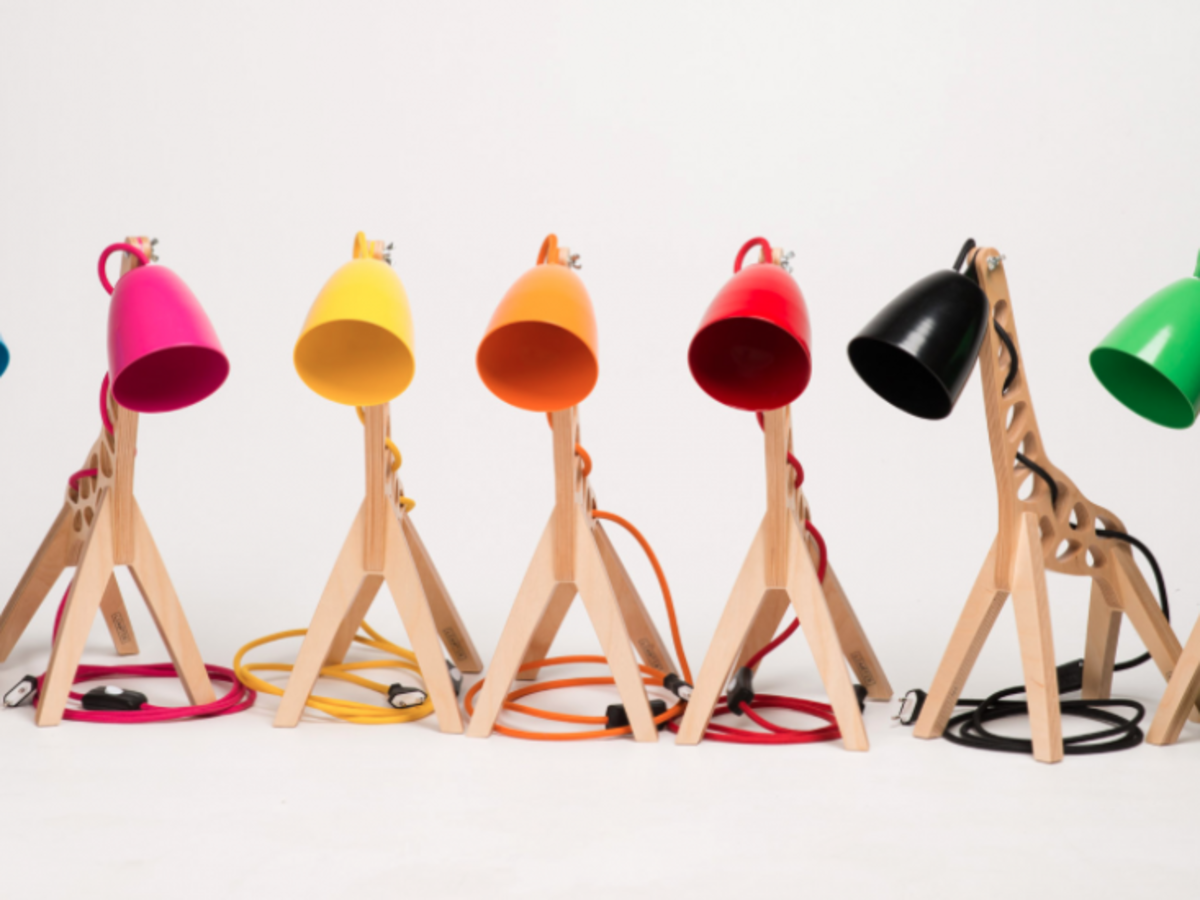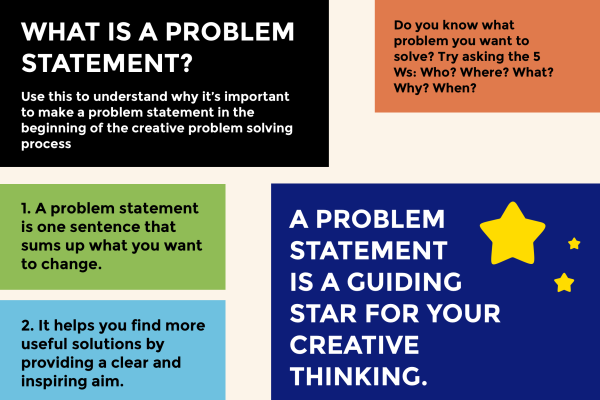
On Emotional Design
John Stanley31 Mar 16
Here at Mindiply we are building products designed to enhance the power of your mind. My job as lead interaction designer is to make digital products that work on all levels, with a focus on how users behave.
The psychologist Abraham Maslow came up with a famous theory about human behaviour called the hierarchy of needs, based on the order humans seek the most important things in life. This hierarchy was refined by design and user experience guru Donald Norman to define the essentials of designing for the digital world. Both are summarised in this excellent diagram from Smashing Magazine:

So things need to work, be reliable, and not drive you mad in the process. Many of the principles and heuristics of user experience are now well-known and well-employed in web design and apps - thankfully. Anyone who has been using the web for a decade or more will remember an era of badly designed, difficult to use digital products.
So when designing a product like Neonce, it goes without saying we take care to make it functional, reliable and usable. You wouldn't use it twice if it didn't work or fell over halfway through. The task flow needs to be clear, and everything on the page should give good feedback as to where you are in the process. But we’d also like to make something that makes you feel like you want to use it.
What is emotional design?
All design is ‘emotional’ to some extent, but the term usually refers to a process focusing on personal values, deliberately intended to provoke an emotional resonance.
Emotion is a key survival tool in humans. But it also turns out that emotion and memory are linked - it turns out that emotionally charged events persist much longer in our memories and are recalled with greater accuracy than neutral memories, almost like a chemical sticky note saying 'Remember this!'. So products with emotional resonance are more likely to be remembered and used again and again. Indeed, customers usually make decisions based on gut feelings, not logical, rational arguments.
Function and usability is key to any successful product, as is solving a specific business problem. But design plays a vital role too. However overqualified you were for a role, you wouldn't turn up to a job interview in your pyjamas. The visual aesthetic and the qualities of the interface build trust and emotional engagement, and can have an influence on perception of security, ease of use and many other factors. This quality has been well-studied and has a name: the aesthetic usability effect.
Making it pleasurable, however, is something different. What is pleasurable depends very much on the context. Giving personality or even a full 'persona' to a product aimed at children to keep them entertained and excited is, of course, a different job than making a dull business task a little more engaging.
MailChimp, a company providing software for the not-always-that-exciting job of emailing lists, have a little mascot chimp that occasionally pops up with a joke or an explanation of one of their services. When adding the chimp - known as Freddie - the product designers were very wary of the legacy of Microsoft’s 'Clippy', who almost universally irritated rather than assisted. They took care to only add Freddie in at points when he would be a ‘layer of fun’ enhancing the workflow, and not something that ever gets in the way.

Emotional design is nothing new.
When Gutenberg invented the printing press in the fifteenth century, the letterforms of his first typefaces directly mimicked the calligraphic styles of scribes. This was important as Gutenberg was in the business of printing bibles, and in those days the scribe's hand wasn't just copying out text, it was thought to be directly channelling the divine word. There was a deep emotional - and indeed spiritual - dimension to the product and the process that had to be addressed.
There is a business upside to designing products that tap into emotions, too. Apple has long been the master of designing products for emotional resonance. Their famous product launches rarely mention specs and technical details, but focus entirely on what you can do with their product and how it can connect you to the world.
The ultimate goal of any marketer is word of mouth; getting your customers to sell your product for you, something Apple has been vastly successful at. And some pieces of technology, such as the Leica M3 camera (1954) or the Technics 1200 turntable (1972) have married form, function and elegance so perfectly that they have set the bar in their category for literally decades afterwards.
Neonce is designed for you to generate ideas together, and improve on the process of generating them alone. Too often, business software relies on an idealised situation, a situation where everyone has the time to take to train themselves fully on an extensive software suite, where everyone on the team is bright-eyed and excited about the particular task or problem in front of them - and everyone doesn't have twenty other jobs piling up in their inbox.
Real life isn’t like that. We've tried to make it as simple and usable as possible while giving you access to powerful features and tools - if, and only if, you need them. We want everybody on board.
But we are also trying to make it wonderful. Ideas are powerful things, and there is deep pleasure in having an ‘aha!’ moment. Ideas in a business context can mean the difference between success or failure.
Ideas, in short, matter. We’re making something that can do them justice.







